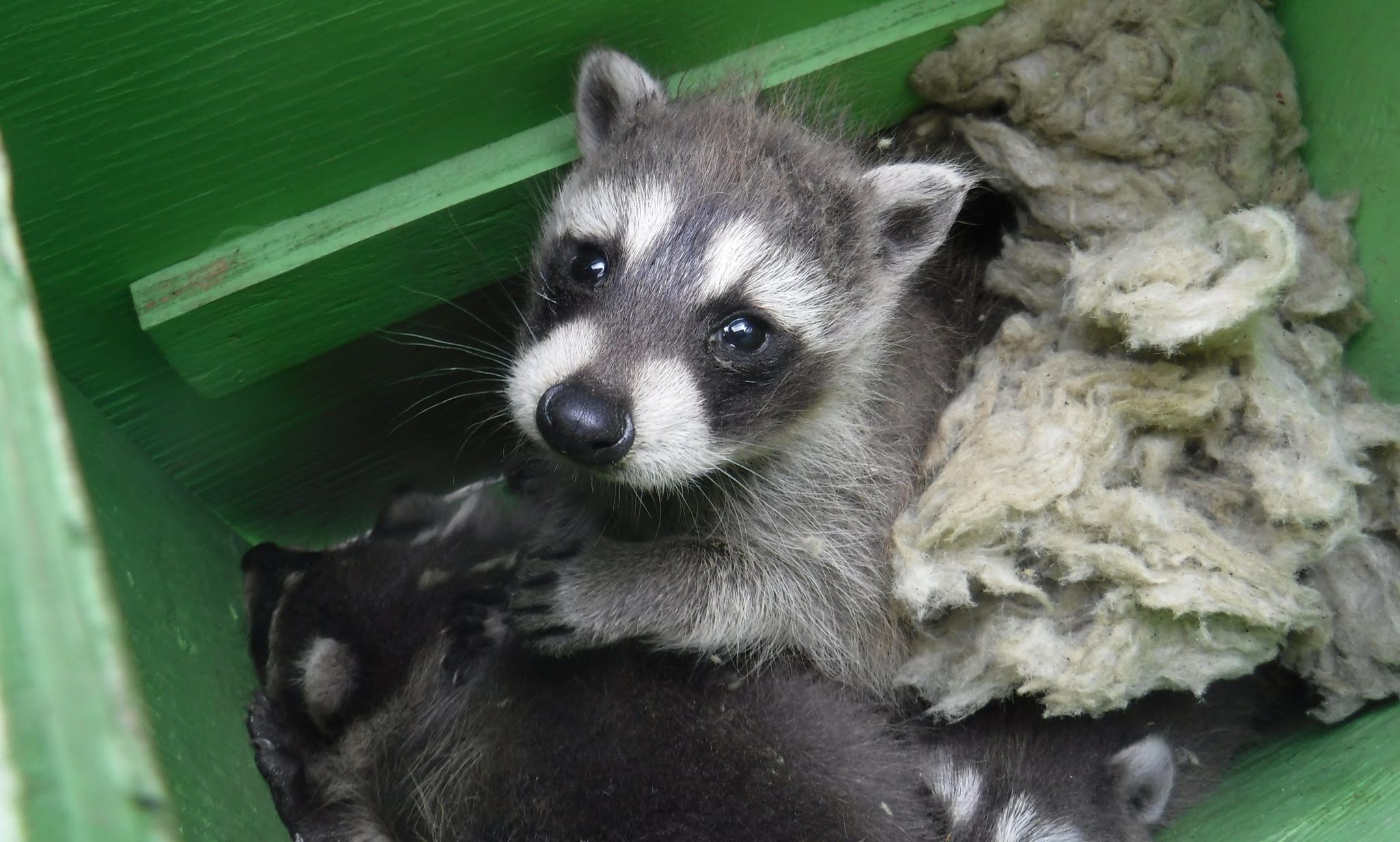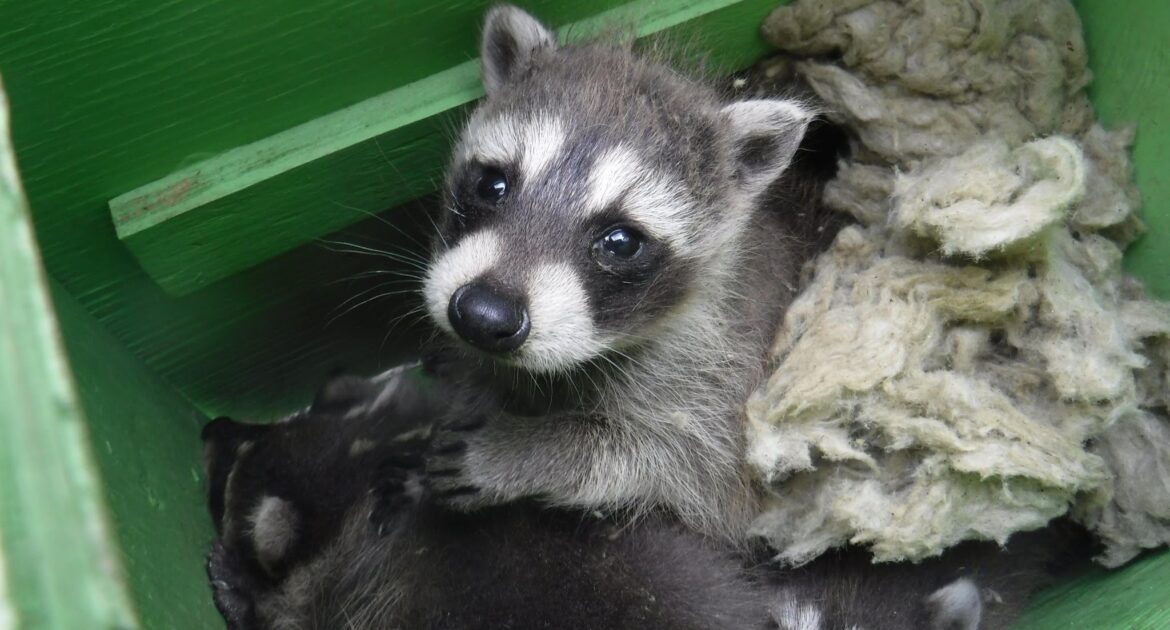Spring is a time when nature comes alive. After the cold, quiet months of winter, animals are suddenly out and about, busy with their lives. Birds are singing in the morning air, squirrels are leaping from tree to tree, and raccoons are exploring backyards more than usual. It’s an amazing transformation, and it’s all part of what we call the “spring awakening.”
This big change in seasonal wildlife behavior happens for a reason. With food becoming easier to find and the weather warming up, animals shift their focus to eating and raising their young. These changes can bring some challenges for homeowners like animals nesting in vents and scurrying through attics. Understanding these seasonal shifts can help us protect our homes while also respecting the wildlife around us. Here’s a closer look at what to expect this time of year and how to handle it.
Increased Activity in Search of Food
When spring begins, animals that were quiet or hidden during winter become much more active. After months of hibernating or conserving energy, food becomes their top priority. They are out and about, busy looking for meals to build up their strength again.
Examples of Behavior:
- Squirrels climbing trees or rooftops, gathering seeds and nuts. Sometimes they explore the nooks and crannies of homes.
- Raccoons tipping over garbage cans or digging through compost piles, looking for scraps of food.
- Birds flocking to feeders or grass patches in search of insects, seeds, or berries.
Though it can be fun to watch these animals, their search for food may sometimes cause trouble for homeowners. For instance, squirrels might chew on parts of the roof or even electrical wires if they get curious. Raccoons often create messes by rummaging through trash, and large groups of birds can leave droppings on patios or cars.
To keep your property safe, make sure trash cans are tightly closed and trim tree branches that are close to your home. Inspect your roof and vents for any damage where an animal might sneak in. Small actions like these can make a big difference.
Nesting and Breeding Season
Spring is also a time for animals to start new families. During this season, many creatures search for safe places to build nests or dens where they can raise their young. While this is natural, it sometimes brings them too close to our living spaces.
Birds are master nest makers, twisting together twigs, grass, and string to create sturdy little homes. They often choose spots like gutters or under eaves. Although watching birds build a nest is fascinating, these placements can block water flow or even damage parts of a home.
For animals like squirrels and raccoons, attics or chimneys are perfect nesting areas. These spaces feel safe and quiet, which makes them attractive for raising babies. Unfortunately, their presence can leave behind damage, noise, and even droppings that are unsafe for humans.
To stop nesting activity before it starts, we recommend walking around your home and looking for weak spots, such as small gaps in vents, chimneys, or roofs. Use vent covers and keep gutters clean to protect your home without disrupting nature.
Migration Patterns
Another exciting part of spring is the return of migratory birds. After spending the winter in warmer places, they come back to enjoy the pleasant weather and find spots to nest and feed. Bethel, Minnesota, is one of the areas these birds love to visit, and you’ll likely notice an increase in bird activity around your yard.
Birds like geese and sparrows are drawn to green lawns, ponds, and areas with plenty of food. They will happily gather wherever there are feeders or flowering plants, which can create a lively scene in your yard. However, large groups of birds can also lead to issues. Bird droppings may collect near patios and on driveways, creating messes that are tough to clean.
Try putting bird feeders away from your house to prevent nests near your roof or vents. Cleaning the feeders regularly and not overfilling them can also help keep bird visitors from becoming overwhelmed. Enjoy their beauty and songs while keeping your property in order.
Territorial Behaviors
Spring isn’t all lighthearted activity. For many animals, it’s a time to protect what’s theirs. This includes guarding their territory—whether that’s food, a nest, or where they’ve decided to settle. You might notice these behaviors if animals are active near your property.
Squirrels, for example, can be very territorial over their feeding areas. They may chase off other animals trying to get too close to the food they’ve claimed. Similarly, raccoons are especially cautious and protective of their dens during this time, particularly if they’ve recently had offspring. Even birds can show surprising protective instincts, especially if a nest is disturbed.
These behaviors, while normal for animals, can cause problems for homeowners. Scratches along fences, burrows in garden beds, or aggressive swooping by birds are common signs that animals feel their territory is being invaded. Make sure trash is secured, and try to avoid handling or damaging areas where you know animals are nesting.
Increased Nocturnal Activity
Spring nights are often busy with wildlife that prefers to move under the cover of darkness. Nocturnal animals, like raccoons and bats, use the nighttime hours to hunt for food and care for their young. Homeowners often experience this activity as odd sounds or unexpected messes in the morning.
Raccoons are especially active, digging through compost piles or tipping over garbage bins in their search for a late-night snack. Bats, meanwhile, awaken to hunt for insects, often flying around lighted areas where bugs are easy to find.
This increase in nocturnal activity isn’t harmful in itself, but it can cause disruptions. Garbage left outside may be scattered across your yard after a raccoon visit, while bat droppings near attic entry points can lead to health concerns if left unchecked.
Consider using motion-sensor lights to discourage nighttime visitors and ensure all trash areas are properly secured. For bats, sealing up small cracks near roofs can ensure they won’t find their way into your home to roost.
Partnering with the Experts
Spring is a wonderful season, but it also means balancing the challenges of living close to nature. Animals are busy searching for food, protecting their families, and finding shelter, which can sometimes overlap with our homes. Thankfully, there are safe, humane ways to handle these issues while respecting wildlife’s natural rhythm.
At Skedaddle Humane Wildlife Control, we’ve worked with homeowners in Bethel and beyond to keep properties animal-free while avoiding harm to the creatures involved. By using smart methods like one-way doors, we guide animals out and prevent their return. Together, we keep homes safe and harmonious.
If you’re dealing with spring animal activity or need help with wildlife removal in Bethel, we can provide solutions tailored to your property’s needs. This seasonal wildlife behavior doesn’t mean your home has to face damages or disruptions. Reach out to us, and we’ll help ensure you and the wildlife nearby are both protected during this busy spring season.




